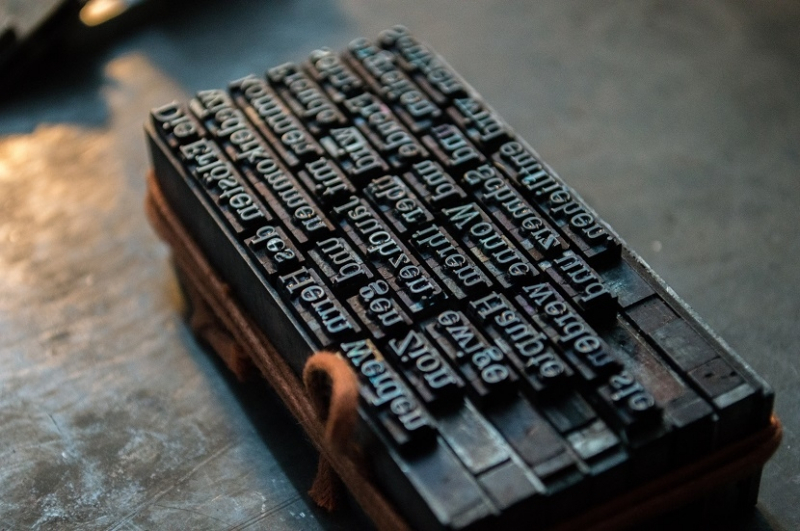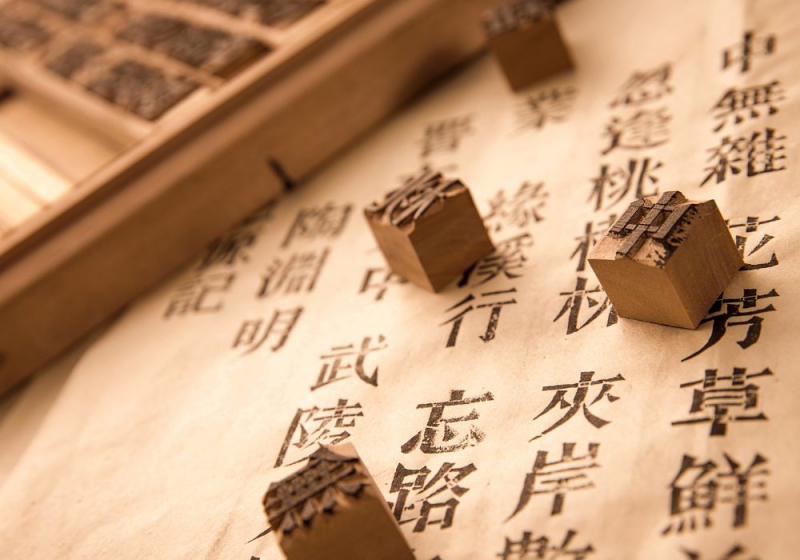Movable Type Printing
During the Northern Song dynasty, Bi Sheng (990–1051) created moveable clay type printing, which led to a significant change in printing history (960-1127). There were four steps involved in printing: setting up the types, writing the text, printing, and removing the movable types. Later, in 1298, during the Yuan dynasty, Wang Zhen reinvented it.
He used more than 30,000 wooden moveable types to create 100 copies of the Nong Shu, often known as the Book of Agriculture. Over 60,000 Chinese characters make up the book. In the 12th century, the Jin (1115–1234) and Southern Song (1127–1279) dynasties developed metal movable type printing. It was used to print money and was mostly made of bronze.
On bits of clay, he first carved the individual characters, hardening them with fire thereafter. In order to print a page, these movable type components were afterwards adhered to an iron plate, then disassembled and disseminated to print a second page. Prior to the Renaissance, this type of printing technology spread widely over Europe and later the entire world.










